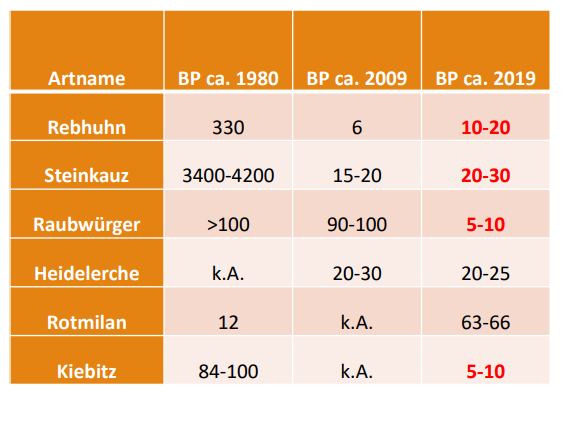
1/n Purist or not? I listed arguments against using non-native flower mixes in my blog post. One of them is of course the fact that mixes contain non-native plants, which may be of little use to insects. But it's not the only one. naturanaute.com/2019/07/18/whe… 
https://twitter.com/EUPerspectives/status/1442770504000155649

2/n Another issue is land use. Do people realise that these mixes require obliterating anything that's present before, often through the use of herbicides? This may destroy interesting plants, insects, soil flora, fungi... and councils rarely do prior botanical/insect surveys. 

3/n Annual mixes have to be resown every year: they are not competitive against grasses or other plants, non-native plants don't set seed, some species become dominant etc. What's the carbon cost of those floral displays? Is it offset by other ecological benefits? 

4/n A frequent argument is that they are "better than nothing". That's true, but couldn't we strive for maximum benefits? Native plants, reduced costs, little maintenance, pretty flowers and benefits for insects all-in-one? 

5/n As someone with a double hat - horticulturist and ecologist - I am well aware of this: seed mixes can be "designed", with colour schemes. Nature cannot. But this raises the question: should we really be promoting those mixes as an "easy win" for the environment? 

6/n There's plenty of evidence showing that they provide nectar/pollen, but not much else (no winter shelter, no food for caterpillars and larvae, no grasses which are essential to moths...). Some mixes even use double flowers which are *useless* to insects (& birds as no seed). 

7/n I've ranted enough about this, I've given talks and free advice to councils. Yet I can't see the situation changing, with little ecological skills in councils, commercial companies providing attractive deals and even conservation charities using them. 🥀 

8/n What I find the saddest is the mixed messaging. People are now actively lobbying their councils for these mixes "to help the bees". It's gardening. By calling it nature conservation, we're just skewing people's already damaged vision of nature a little further. 

9/n Why be a purist? Given the state of nature, does it really matter? I don't know, to be honest. But perhaps we should for once listen to nature, rather than trying to be better than it? Reduce mowing, improve existing through simple actions (cut & collect)... 

• • •
Missing some Tweet in this thread? You can try to
force a refresh
















